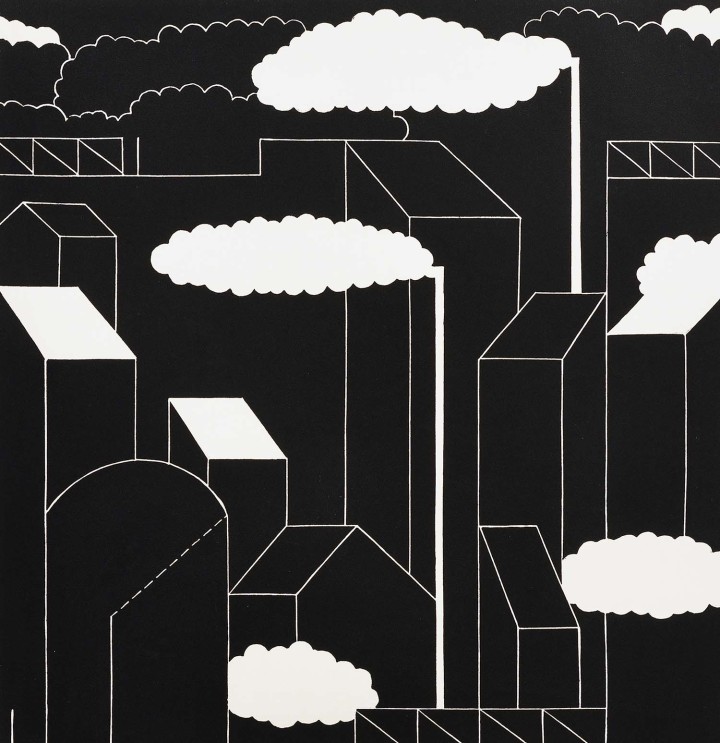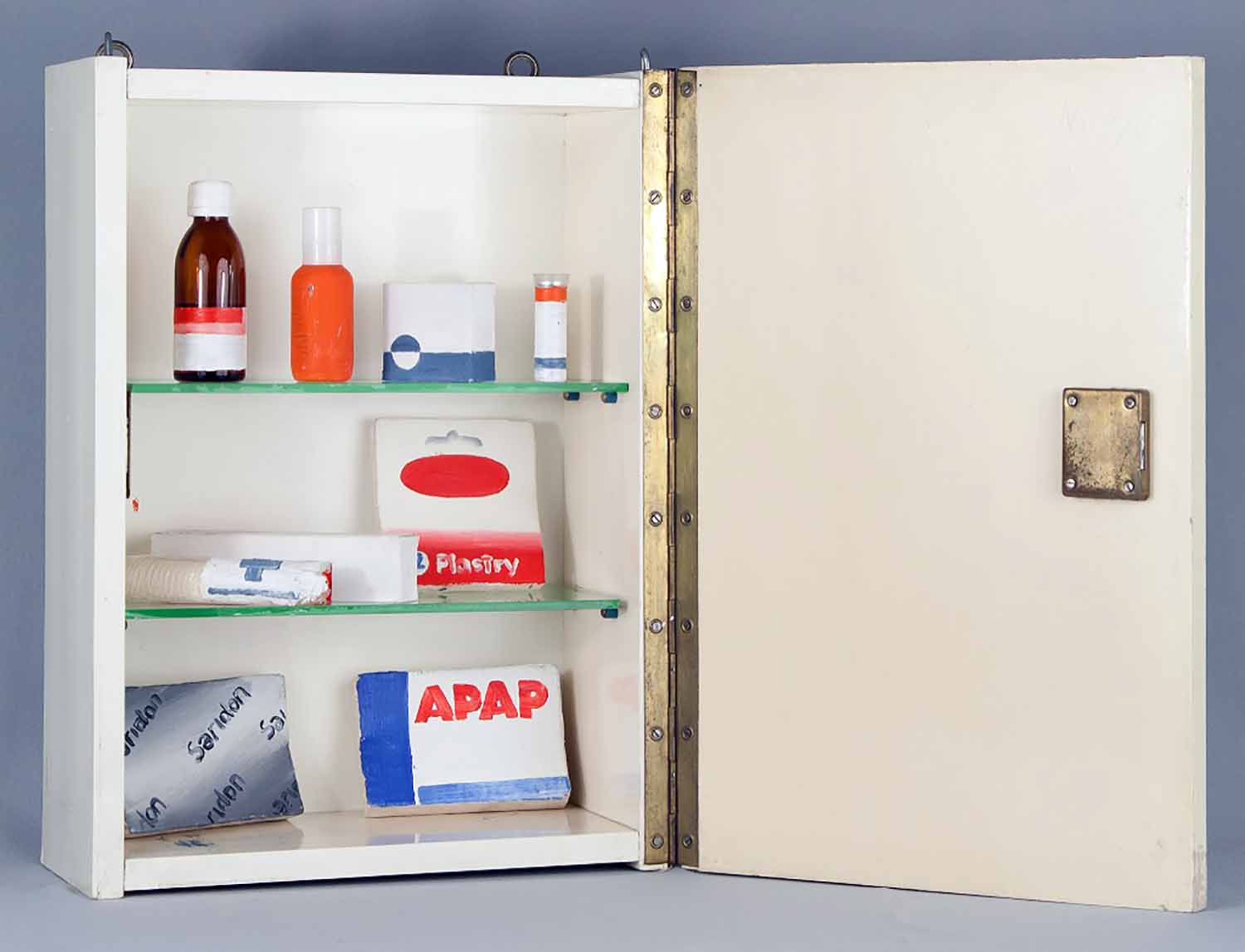Estonia has a vibrant local contemporary art scene. Nevertheless, Temnikova & Kasela, founded in 2010, is the only international gallery in Tallinn. For the group show “Euroland,” the gallery has drawn together artists from Russia, Austria, Germany and Estonia for a timely exhibition.
The artist and curator Oleg Frolov has developed the exhibition around two fundamental questions regarding Europe: “How did a configuration of well-functioning institutions, economic development and personal freedoms appear in Europe in the first place?” and “Why does this configuration remain far from being established universally?” Each selected work questions the processes and the consequences of democracies in Europe, with all their myths, hopes, responsibilities and failures.
The exhibition presents a series of works, mostly from the 1970s, by graphic designer Tõnis Vint, who has been very influential within the Estonian art scene because of his innovative designs and unique visual language. These works underline a meticulous search for alternative knowledge and insight during the Soviet era. Whereas Denis Stroev’s faceless relief Casing. The Head of Saint John (2013) evokes a dystopian view by replacing traditional symbolism with hideousness, Ekaterina Borsuk’s expressionistic paintings display chaotic and even catastrophic states that can be read as threat to the European will for unity and progress.
Frolov’s installation Anti-War Monument (2017) addresses the relationship between individuals and institutions by accentuating the acceptance of a lack of discussion. Klara Lidén’s video work Untitled (Trashcan) (2011) criticizes the role of the artist in today’s society. Leopold Kessler’s First Tallinn Dog Picnic (2017), which exists as both a happening and as video documentation, tackles the emerging needs and sensibilities of society by interrogating the relationship between public space and social media. Finally, Juhan Soomets’s interactive mixed-media installation The Artist’s Room (2016) is an immersive sound environment that invades the entire space.
The exhibition considers the overarching role of public engagement in the articulation of what is really meant by “democracy” in different contexts; the ways that individual economic and social concerns impact the culture of democracy; and the difficulty of implementing “livability” amid conflicting discourses and efforts to live democratically.



